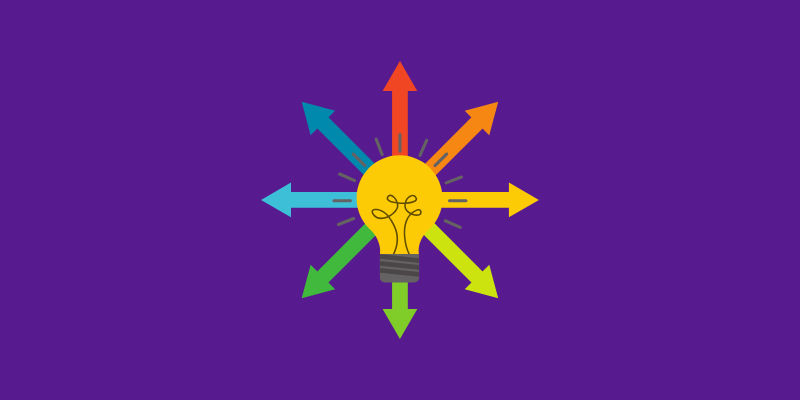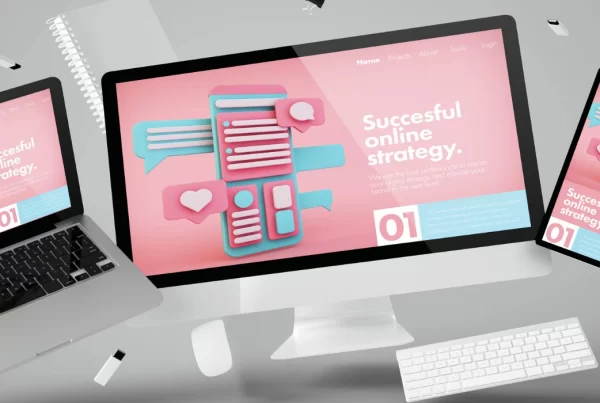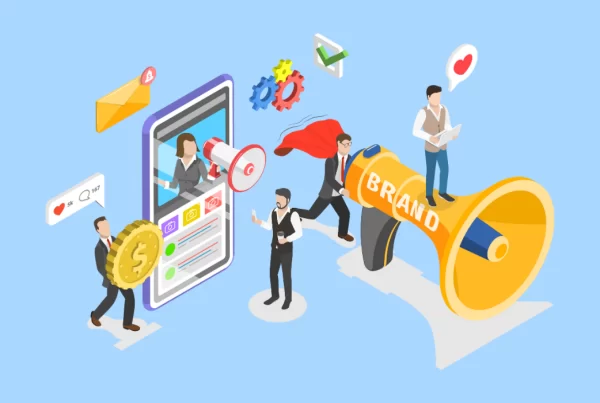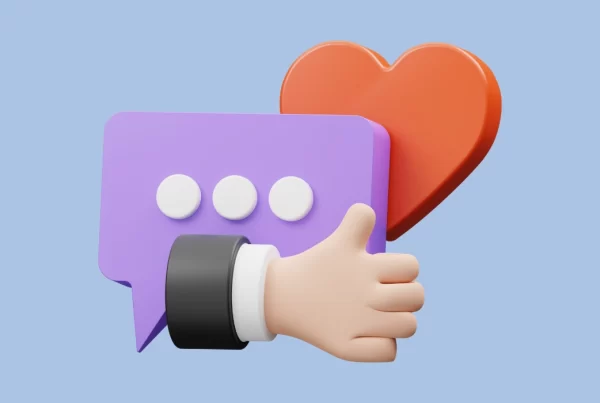Last Updated on 2 years ago by Gülenber Han
Design thinking began as a method for developing the latest technologies and products. However, this technique is now extensively utilized for corporate and personal initiatives in both the private and governmental sectors all over the world.
Design thinking aims to better understand your users, challenge assumptions, and redefine challenges. It is also an iterative process that involves developing new solutions that can be prototyped and tested. The general idea is to find alternate techniques and answers that aren’t immediately obvious based on your current level of expertise. As a result, design thinking offers a solution-based approach to issue solving that enables you to do it creatively and collaboratively. Design thinking is more than a method; it’s an altogether new way of thinking that comes with a set of practical tools to help you put it into practice. To make the most of this new way of thinking, a brand consultancy service can be used.
What is Design Thinking?
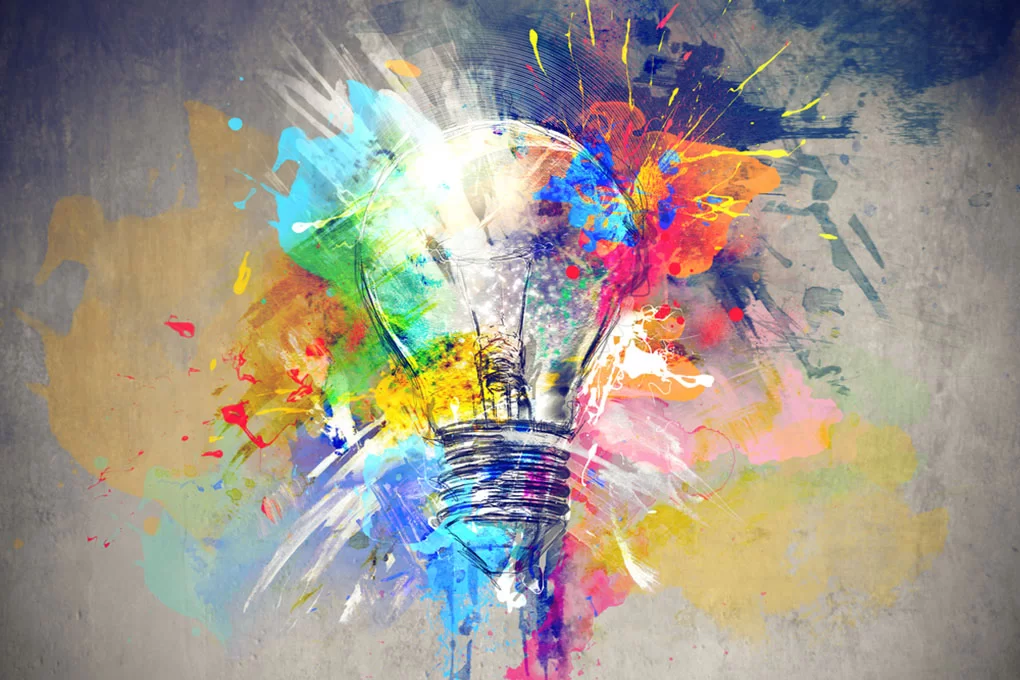
Design thinking is a problem-solving method. It prioritizes the demands of the customer above anything else. It is based on watching how people interact with their surroundings with empathy and using an iterative, hands-on approach to develop unique solutions.
This method is ‘human-centered,’ which means it bases its decisions on evidence of how customers interact with a product or service, rather than how someone else or an organization believes they will interact with it. To be human-centered, designers must observe how people use a product or service and continually adjust it to better the consumer’s experience. This is where design thinking becomes ‘iterative.’ Rather than prolonged research or deliberation, it prefers to move swiftly to get prototypes out to test.
Design thinking only works if it is iterative, as opposed to traditional problem-solving, which is a sequential process of recognizing a problem and then brainstorming solutions. It’s less about arriving at a single answer and more about evolving your thoughts and responding to new market demands.
What is the Design Thinking process?
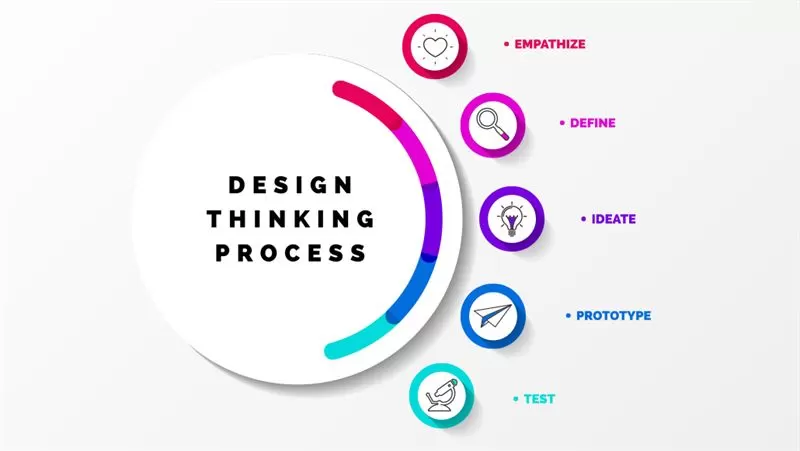
Let’s have a look at the four design thinking concepts before diving deeper into the process.
- The human rule: All design effort is social, regardless of context, and each social innovation will return us to the ‘human-centric point of view.’
- The ambiguity rule: It states that ambiguity is unavoidable and cannot be eliminated or reduced. Experimenting at the limit of your knowledge and skills is essential to seeing things in new ways.
- The redesign rule: It is that everything needs to be redone. Although technology and societal situations change and evolve, basic human needs do not. The mechanisms by which these requirements are met or the desired results are achieved are essentially redesigned.
- The tangibility rule: It states that making ideas tangible in the form of prototypes allows designers to better explain them.
So why is design thinking important?
Design thinking empowers businesses to deliver long-term value to consumers. The method may be used for any complex system, not just design systems. Its goal is to meet a specific human need. With an observational, people-focused approach, teams can uncover pain points that clients may not have thought of before, that the client may not even be aware of. Once those pain spots are discovered, design thinking may suggest solutions.
Also, it deals with vague or difficult-to-define issues. Consumers often have no idea or are unable to articulate what problem they are trying to solve. However, by carefully observing genuine customer behavior rather than working off of preconceived notions about the consumer, one might detect difficulties. This aids in the definition of unclear problems, making it easier to find solutions.
As a result, more inventive solutions are developed. People cannot imagine things that were thought impossible, which makes it difficult for them to demand things that don’t exist yet. Design thinking can help illuminate some of these previously unseen pain points. Taking a step-by-step approach to solving these challenges often results in non-obvious, creative solutions.
Organizations function more quickly and efficiently as a result of this. Design thinking emphasizes making prototypes and then testing them to evaluate how successful they are, rather than studying an issue for a long period without coming up with a solution.
What are the actual phases in the design thinking process?
Empathizing, defining, ideating, prototyping, and testing are the five processes of design thinking.
Empathizing entails first gaining a thorough knowledge of the user and their concerns and then identifying those problems more precisely. Ideating is the process of brainstorming a variety of possible solutions to an issue. Prototypes will be created and tested with real users in the final stages. So, let’s take a closer look at each of the design thinking processes.
Empathize
The designer watches customers in this initial step to obtain a better knowledge of how they interact with or are affected by a product or issue. The observations must be made with empathy, which involves refraining from passing judgment and refraining from imposing previous preconceptions about what the customer needs. Observing with empathy is effective since it can reveal difficulties that the customer didn’t realize they had or couldn’t express themselves. It will be simpler to comprehend the human need for which you are developing from this point forward. In short:
- What?: During the empathize phase, you will interact with and monitor your target audience.
- Why?: This step’s goal is to create a clear image of who your end customers are, what issues they confront, and what wants and expectations they have.
- How?: You’ll conduct surveys, interviews, and observation sessions to develop user empathy.
- For example: Suppose you wish to address the issue of employee retention by having each employee fill out an anonymous survey. After that, you conduct user interviews with as many workers as possible to see how they feel about business retention.
Define
In this second step, you use your observations from the first step to identify the problem you are trying to answer. Consider the challenges your customers have, what they consistently struggle with, and what you’ve learned from how they’re affected by the problem. You’ll be able to characterize the problem they’re dealing with once you’ve synthesized your results. In short:
- What?: The next step is to create a short topic statement based on what you learned during the empathy phase.
- Why?: The difficulty you will solve is summarized in your problem statement. It will guide you through the rest of the design process, give you a clear goal to work towards and remind you to always keep the user in mind.
- How?: As you develop your issue report, you will focus on the needs of the user rather than the business. A good issue statement is human-centered, wide enough to allow for creativity while yet being explicit enough to give direction and assistance.
- For example, ‘My workers must be able to maintain a healthy lifestyle while working in the office,’ is a far more user-centric statement than ‘I must keep my staff healthy and happy to promote retention.’
Ideate
The following stage is to come up with solutions to the problem you’ve recognized. These brainstorming sessions can be done in a group, in an office location that supports creativity and cooperation, or in an innovation lab, or they can be done alone. The main thing is to come up with a variety of various concepts. You’ll come up with a few ideas to move on with at the end of this procedure. In short:
- What?: Now, starting with a clear problem definition, you will try to come up with as many ideas and possible solutions as possible.
- Why?: The ideation phase encourages you to think beyond the box and consider new possibilities. If you focus on the numbers rather than the quality of the ideas, you are more likely to liberate your thoughts and stumble upon creativity.
- How?: You will use a variety of idea generation approaches during special idea generation sessions, including body storming, reverse thinking, and the worst possible idea.
- For example You have many ideation sessions with a range of stakeholders based on what you learned during the empathize phase. Using your problem description as a guide, you make as many suggestions as possible on how to keep your staff happy and thus increase their likelihood of staying with the company.
Prototype
This is the stage where concepts are translated into practical solutions. Prototypes aren’t supposed to be flawless. The purpose of a prototype is to quickly create a physical form of a concept to test how well it is received by customers. A landing page to evaluate consumer interest in a product or a movie demonstrating faster logistic operations are examples of prototypes. In short:
- What?: You will develop your ideas in prototypes or ‘shrunken’ versions of the product or concept you want to test.
- Why?: The prototype step provides something practical for testing on real people. Maintaining a user-centered strategy requires this.
- How?: Prototypes may vary depending on what you’re testing. You should have a clear purpose in mind when designing your prototypes.
- For example: During the ideation process, one suggestion was to provide free yoga courses. To test this idea, you set up a dedicated yoga space in the office equipped with mats, water bottles, and hand towels.
Test
You must monitor how customers interact with a prototyped solution once it has been given to them. This is the testing phase where you get feedback on your work.
Instead of being linear, the design-thinking process is iterative. You will have to go back to one or more of the previous stages after step five is complete. Perhaps tests have revealed that you need to build a new prototype, in which case you’re back to step four. Or you may have misunderstood the client’s requirements. In this case, you have to restart the procedure from the beginning. In short:
- What?: In the fifth stage of the design thinking process, you will test your prototypes on real or simulated users.
- Why?: You can identify where your prototype is performing effectively and where it needs improvement throughout the testing process. You can make changes and improvements based on customer input before investing time and money into building and/or executing your solution.
- How?: You’ll see your target audience as the user interacts with your prototype throughout the testing sessions. You can also receive verbal feedback. Based on what you learned during the testing process, you’ll make changes to your design or come up with an entirely new idea.
- For example: Suppose you decide to put the yoga notion to the test for two months to observe how employees react. People appreciate yoga classes but are put off by the fact that there is no place to shower in the middle of the day. Based on this feedback, you decide to transfer the yoga classes to the evening.
How is design thinking different from the Design Sprint and Agile?
Lots of different techniques have been impacted by design thinking. As a result, it’s understandable that individuals are perplexed as to which strategy to employ when, whether they complement each other or may be used interchangeably. Let’s have a look at it in more detail.
The Design Sprint integrates design thinking concepts and turns them into a procedure that can be followed step by step. On the other side, design thinking is a mentality. A technique of thinking about challenges that may be applied to each new project in a variety of ways. Both are valid and helpful in their own right. While design thinking necessitates a significant amount of information, skill, and awareness of how to use various tools, the Design Sprint is a well-defined method that should be followed for specific types of projects.
Agile, on the other hand, is a project-based, continuing organized manner of working. It’s a process for teams to follow to improve communication, organize meetings, execute changes, and set priorities. While Agile is a workflow framework, the Design Sprint is a recipe for a one-off, well-defined procedure that doesn’t interfere with how people operate.
So, while your firm may utilize design thinking or Agile as a framework, Design Sprints are an integral element of both processes. There is some overlap between them, although they aren’t necessarily incompatible.
How do Design Thinking, lean, and agile work together?
Adopting new company tactics frequently necessitates teams abandoning old habits. When it comes to Agile, Lean, and design thinking, however, this is not the case. When firms combine these three strategies, they create a highly efficient and deeply inventive environment in which teams are poised to offer exactly what consumers need while keeping them at the heart of all they do. Let’s look at the three techniques and see how they might complement one another.
Empathy for the client or end-user is at the heart of design thinking, which is putting oneself in the shoes of the consumer and discovering their pain spots, wants, and requirements. That emphasis drives ideation and promotes thinking outside the box, which results in shockingly beautiful solutions that alleviate pain points and pleasure end users. Integrating people’s needs with new opportunities for achievement is what design thinking is all about.
Agile is about iterating on solutions based on feedback from users throughout the process. Agile is all about doing projects in short ‘sprints,’ in which teams build a feature or a prototype, share it with the customer or stakeholder, gather feedback, and revise it, rather than coming up with a massive project plan and following every detail, then delivering a finished product six months later only to discover it’s all wrong. It enables project teams to more readily change the plan, uncover problems and solve them faster, and seek out better, cheaper, and faster solutions to satisfy end-user requirements. Agile and design thinking are intertwined in this regard. Both need teams to get close to the consumer and solicit their feedback as part of the design process.
Many of the same values as Agile are reflected in Lean techniques. Lean is a business model that increases the flow of value to customers by focusing on two guiding principles: continuous improvement and respect for people. Lean is all about adopting a new attitude when it comes to product creation, namely, experimenting with what works and reacting to feedback as you go.
Consider it this way: Design thinking is concerned with identifying and addressing issues; Lean is concerned with evaluating potential solutions; and Agile is concerned with adapting, pivoting, and making adjustments as the project progresses. The design thinking technique allows teams to sympathize with customers by ‘brainstorming’ their goals and requirements. Then they may brainstorm potential solutions, which naturally leads to the Lean process of learning, trying, and prototyping, effectively transforming design thinking concepts into real-world solutions. This feeds the Agile review, trial and error, execution, and delivery processes.
So you’re asking the incorrect question if you’re attempting to figure out which strategy would assist your team in getting the best outcomes. Each approach brings value to the team, but when used together, they act like spokes on a wheel, spinning smoothly around the client at their center. At this stage, a website design agency gives you the benefit of all three.


